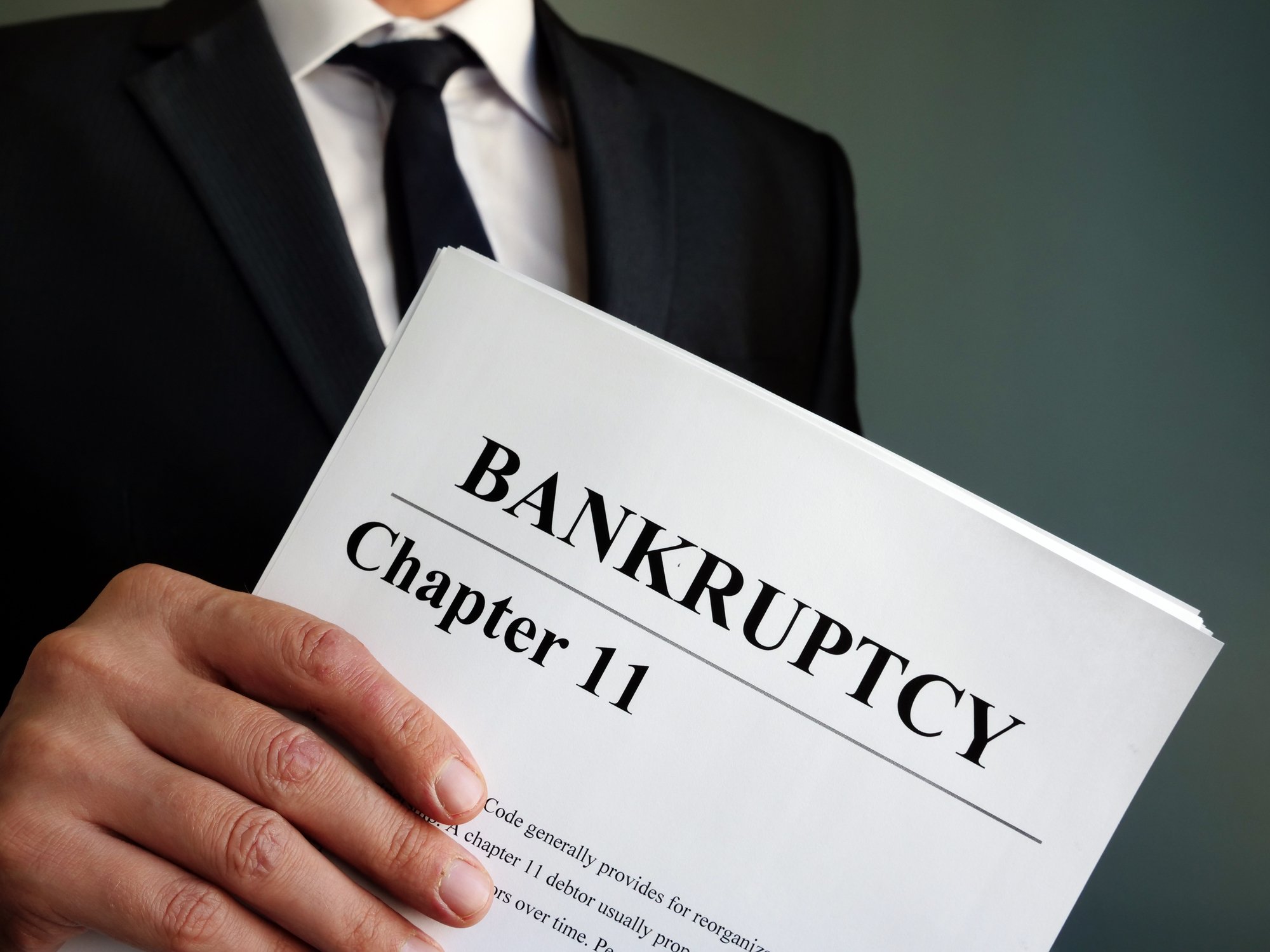Over the past several years, Chesapeake Energy (CHK +0.00%) has developed a reputation as a profligate spender.
But after years of aggressive, debt-fueled expansion, the Oklahoma City-based oil and gas producer is finally mending its ways, slashing costs through efficiency improvements and even layoffs. Let's take a closer look at how the company is cutting costs, shedding assets, and growing oil production.
Chesapeake's evolution
In previous years, under Aubrey McClendon's leadership, Chesapeake was focused on aggressive expansion. From 2003 to 2007, the company rapidly increased its acreage positions in key unconventional oil and gas plays, such as the Barnett and Fayetteville shales, in an effort to win what it called the "gas shale land grab."
But those days are long gone. Today, under new CEO Doug Lawler's leadership, Chesapeake is focused on slashing costs and getting the most value out of its existing asset base, as opposed to acquiring more land. It plans to allocate capital only to its highest-return projects, while divesting non-core assets to raise cash.
At a recent investor conference in New York hosted by Barclays, Lawler summed up Chesapeake's new strategy: "Opportunities that we have going forward are based on how we drive the greatest value for our shareholders, not how we can expand or grow our land position...We're going to be return-centric in everything that we do in all aspects of our business."
So far, the new strategy is paying off: Asset sales have progressed reasonably well, costs continue to trend lower, and oil production, profits and cash flow are up big-time.
Asset sale progress
After generating roughly $2.4 billion in proceeds from asset sales in the first half of the year, including the sale of a portion of its interests in the Mississippi Lime to China Petrochemical (SHI +0.00%) and the sale of midstream assets in the Anadarko Basin to MarkWest Energy Partners (NYSE: MWE), Chesapeake continues to shed non-core assets.
It recently sold off 55,000 net acres in the Eagle Ford and 9,600 net acres in the Haynesville shale to a subsidiary of EXCO Resources (NYSE: XCO) for roughly $1 billion and gave its remaining midstream assets in the Mississippi Lime play to SemGroup Corp. (SEMG +0.00%) for $300 million in cash. Combined, these asset sales bring Chesapeake's total asset sale proceeds to about $3.7 billion, helping the company move much closer to its asset sale target of $4 billion to $7 billion for the year.
Lower costs and higher oil production
Despite these asset sales, the company's oil production continues to surge, while costs continue to fall meaningfully. In the second quarter, the company slashed its drilling and completion costs by 35%, while total leasehold and other capital expenditures plunged 75% year over year. For the full year, Chesapeake's capex is estimated to be around $7.2 billion, which is almost half of its 2012 capex of $13.4 billion.
As for growth in oil output, Chesapeake's total oil production during the quarter jumped by 44% year over year, thanks to stellar operational performance in key growth plays such as the Eagle Ford and the Greater Anadarko Basin. With liquids now accounting for about 25% of the company's production mix, up from 21% a year ago, Chesapeake hopes to produce between 38 million and 40 million barrels of oil this year, which would represent a 22%-28% year-over-year increase.
The bottom line
After a period of rapid, debt-fueled expansion that cratered its stock price, Chesapeake appears to be on the up-and-up. The company is cutting costs, raising cash, and focusing its capital on its highest-return opportunities. It's also targeting top-quartile performance in terms of absolute and per-share growth in reserves, production and cash flows, as well as returns on capital employed and returns on equity.
Going forward, Chesapeake sees plenty of additional opportunities to continue reducing its capital expenditures, while simultaneously growing oil production. Lawler put it best when he said: "It's not an addition game where we just continue to add capital to our program. It's an efficiency game."






